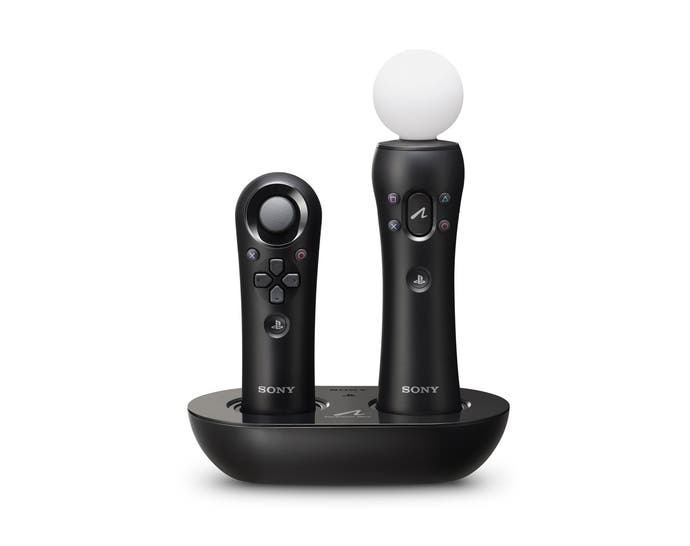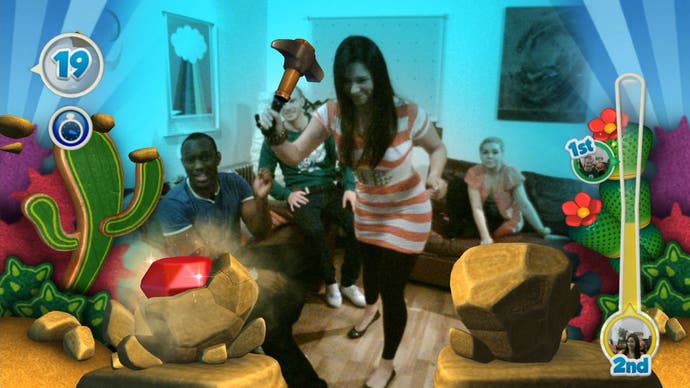Tech Interview: PlayStation Move
Digital Foundry vs. Dr Richard Marks.
In one of his books, Isaac Asimov talks about the difference between humans and animals and he believes it's our hands that make us different, more than our brains. Most people say it's the brain that's so much better, but he says it's the hands. He says that the ultimate interface to a computer isn't a probe that jacks into your head, it's where you insert your hands into this device. You have so much bandwidth going through your fingers. It's science fiction but...
There's another big factor. Like you said, you have so much fidelity with your fingers and wrists. It's such a high dynamic input. We do want to give that to people, but also the tactile feedback of knowing you're making a click is such an important thing. When you make these gross movements [gestures] you know that you're doing them. When you're doing subtle things it's difficult to know that the system "knew" what you meant, or accepted your input.
So the click of a button is equally the input, but also the feeling that it actually occurred. That's such an important thing. If you make a gesture to make something happen all the time, you don't have that immediate feeling of knowing that it worked. You have to wait and see if it happened and that just slows everything down. A click gives instant knowledge...
I'm not a big fan of gestures myself. There is a place for them in certain types of game but I think the worst thing is that you need to do all this kind of "stuff" and it's the equivalent of one button press. You've replaced that one button with all of that?
I don't want to just be harsh about gestures. My favourite use of them would be something like this: imagine you're casting a spell by drawing in the air and how well you draw it matters to the spell strength. Then it actually starts to have a meaning. I'm not just trying to do a button press. How well my form was is scored...
Yes, we can do that.


No, it is exactly the left "hand" of the DualShock. And it's not necessary. You can always use the DualShock instead of the sub-controller.
I found that if you're sitting down and it's on your knee, it's not a problem at all, it feels pretty natural. But if you want to stand up and you want a user-friendly game then you use the sub-controller.
It's very nearly a fixed cost. There are two tiers of cost, really. There's two controllers and four controllers. The extra cost is negligible, there's no extra memory required. On the CPU, one of the SPUs does a little more work to track the other controllers.


The head-tracking is not part of Move, it's part of PlayStation Eye libraries we provide. There are many ways and flavours we can use it. We have detection, where it just finds a face. We have things like smile detection, things like that. We also have tracking and lots of different flavours of tracking. The London studio created their own, for example, they have a lot of experience with EyeToy. Everyone always thinks that head-tracking would be the ultimate thing but when you're playing a game you rarely look away from the TV.
We found that although at first you might think looking left and right is more natural, actually leaning left and leaning right works better. If you hook up head-tracking to a first-person shooter, you can lean around a corner. You can peek out and peek in. We've been looking into that for games where there's cover you can hide behind. It's a really neat feeling.








